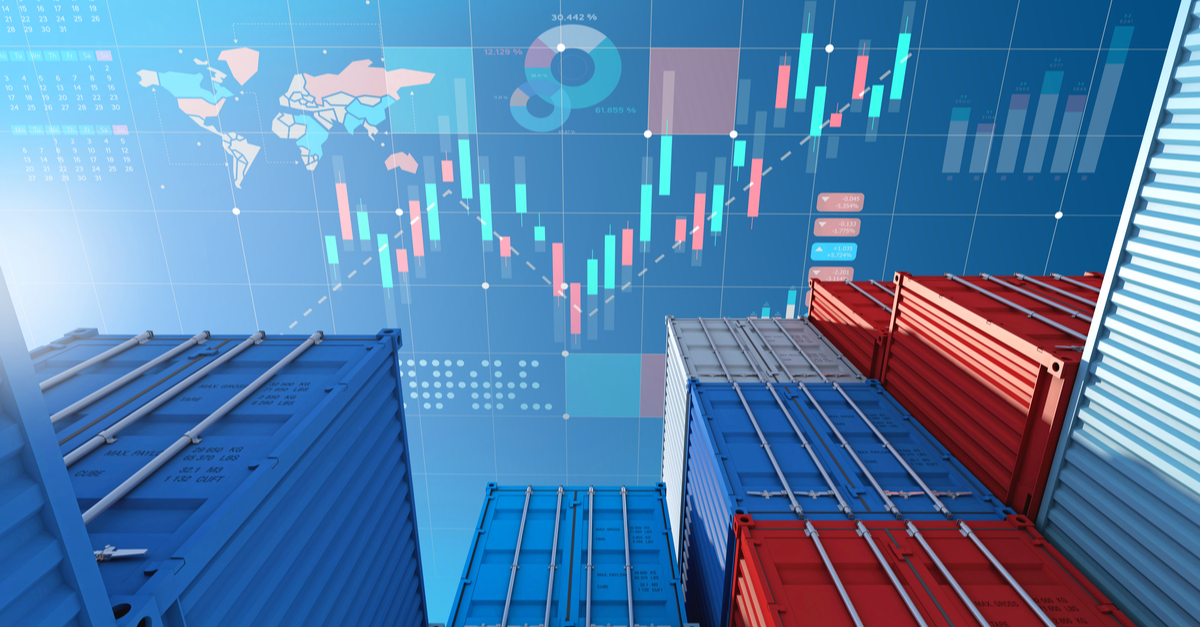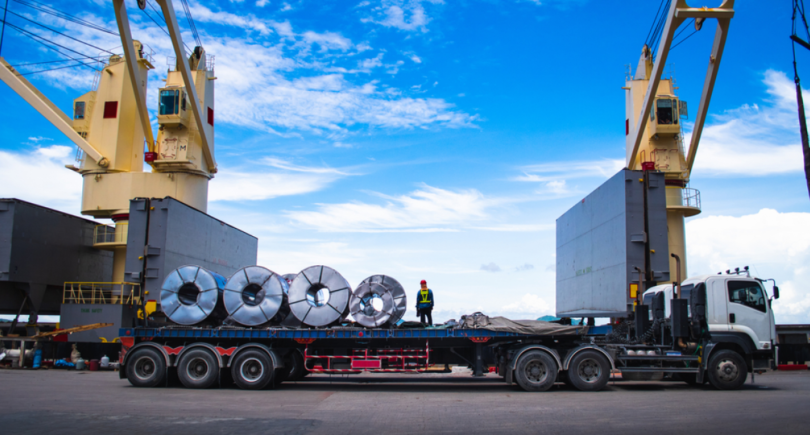
News Global Market EU 2481 08 January 2025
Energy prices for the month increased by 0.1%
Inflation in the euro area in December 2024 increased by 2.4% compared to the same month in 2023. Thus, the indicator accelerated the growth rate compared to November, when it amounted to +2.2% y/y. This is evidenced by preliminary data from Eurostat.
In December, core inflation, which excludes energy and food costs, remained at the level of November at 2.7%. Energy prices rose by 0.1% after a 2% decline in November. This increase in prices is attributed to higher oil and gas prices on the global market due to geopolitical instability and weather conditions.
During the month, the bloc member states with the highest annual inflation rates were Croatia (4.5%), Belgium (4.4%), and Estonia (4.1%). The lowest rates were recorded in Ireland (1%), Italy (1.4%), and Luxembourg (1.6%). In Germany, consumer prices rose by 2.8%, and in France by 1.8%.
It is worth reminding that the seasonally adjusted GDP of the European Union in the third quarter of 2024 increased by 0.3% compared to the previous quarter, when the bloc’s economy grew by 0.3%. Compared to July-September 2023, EU GDP grew by 0.9%. At the same time, the eurozone economy grew by 0.4% q/q and 0.9% y/y during this period.
The European Central Bank (ECB) continues to pursue its monetary stimulus policy. On December 12, 2024, the bank cut all three main interest rates by 25 basis points (bps), the fourth time in a year. The deposit rate is now 3%, the main refinancing rate is 3.15%, and the margin loan rate is 3.4%.
Experts predict that in the first half of 2025, inflation in the euro area may remain stable or increase slightly due to higher energy costs and possible fluctuations in demand for consumer goods.




